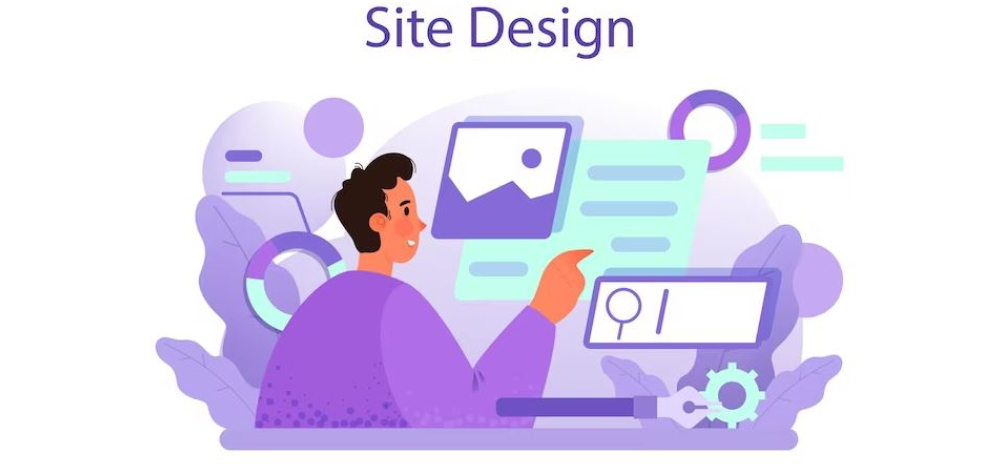
When it comes to web design, one of the most powerful and often underestimated elements is white space, also known as negative space. White space refers to the empty or blank areas between design elements on a web page. While it may seem counterintuitive to leave empty spaces in a design, harnessing the power of white space can significantly enhance the visual appeal, user experience, and overall effectiveness of a website. In this blog, we’ll explore the importance of white space in web design and how it can elevate your website’s impact.
Enhancing Visual Focus
White space plays a crucial role in directing users’ attention and guiding their visual flow. By providing breathing room around important elements such as headlines, images, or call-to-action buttons, white space helps them stand out and capture users’ attention. It creates a visual hierarchy, allowing users to navigate and absorb content more effortlessly. When used strategically, white space can make a design feel clean, organized, and visually appealing.
Improving Readability and Comprehension
In web design, readability is key to delivering your message effectively. White space plays a vital role in improving text legibility and comprehension. By increasing the spacing between paragraphs, lines of text, and letters, white space reduces visual clutter and allows users’ eyes to rest. This not only enhances readability but also makes the content more digestible. Visitors are more likely to engage with and retain information presented in a visually balanced and uncluttered manner.
Conveying Elegance and Sophistication
The strategic use of white space can give a website a sense of elegance and sophistication. It provides a sense of breathing room, allowing design elements to be showcased in a visually pleasing way. By incorporating generous white space in your design, you create an impression of spaciousness and give your website a polished and professional appearance. This can positively influence users’ perceptions of your brand and instill a sense of trust and credibility.
Emphasizing Minimalism and Simplicity
The minimalist design approach has gained popularity in recent years, and white space is a fundamental component of minimalist web design. By embracing simplicity and using white space effectively, you can create a clean and uncluttered design aesthetic. Minimalism not only looks modern and visually appealing, but it also helps users focus on the essential elements and eliminates distractions. White space allows the design to breathe and ensures that the message is conveyed in a clear and concise manner.
Promoting Intuitive Navigation
White space plays a crucial role in facilitating intuitive navigation. By providing ample spacing between clickable elements, such as buttons or links, you reduce the chances of accidental clicks or confusion. White space around navigation menus or interactive elements helps users differentiate between different sections and intuitively understand how to interact with them. This contributes to a seamless user experience and encourages visitors to explore your website further.
Conclusion
White space is a design element that should not be overlooked or undervalued. When utilized effectively, it has the power to transform a website’s visual impact, improve readability, convey sophistication, and promote intuitive navigation. By embracing white space in your web design, you can create a visually stunning, user-friendly, and engaging website that leaves a lasting impression on your visitors. Remember, sometimes less is more, and white space is the key to unlocking the true potential of your web design.













































Recent Comments